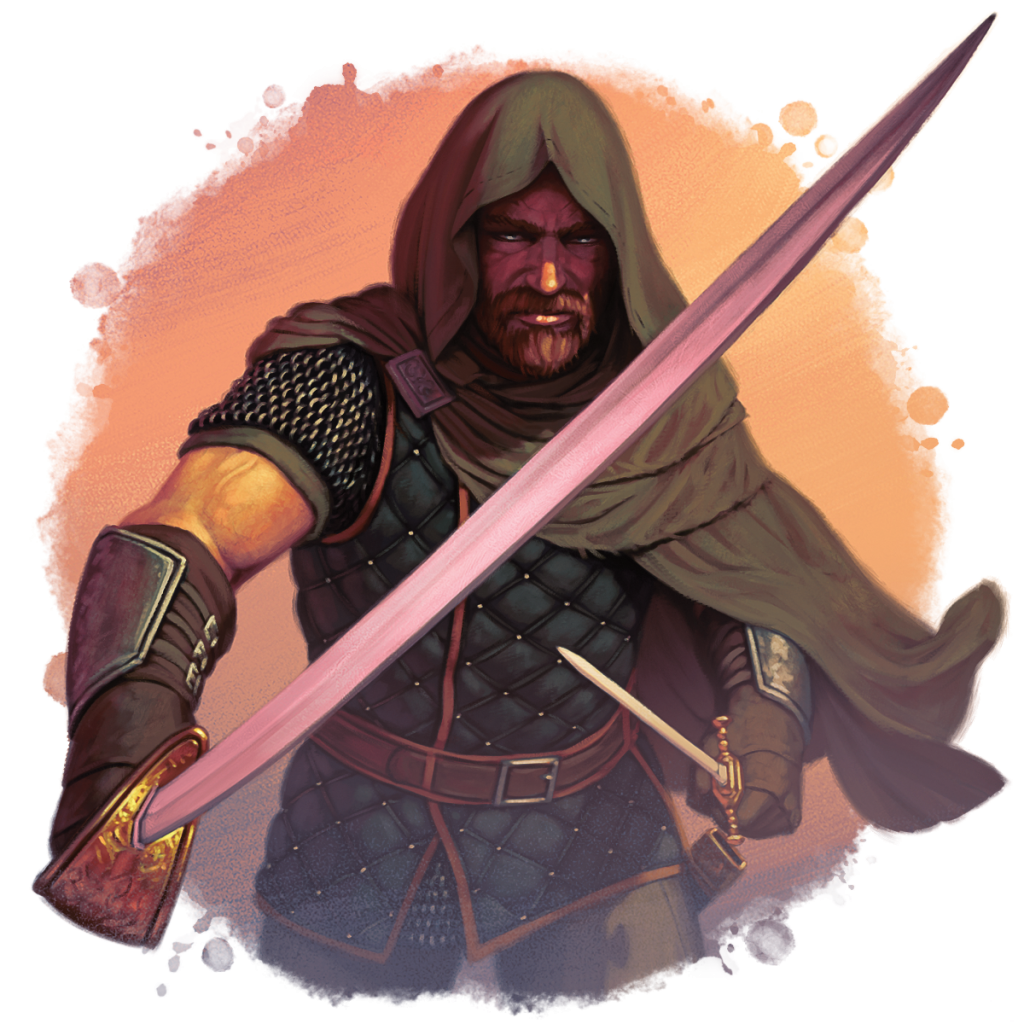While working on Mythical Monsters, I spent a brief period of time thinking about D&D 5e’s Help Action. Turns out, it’s a bit weak. But we can make it better! If you want to avoid a bit of math, you can skip to the section below on how to enhance the Help Action and make it more useful for your game. The official definition for the Help action reads as follows:
You can lend your aid to another creature in the completion of a task. When you take the Help action, the creature you aid gains advantage on the next ability check it makes to perform the task you are helping with, provided that it makes the check before the start of your next turn.
Alternatively, you can aid a friendly creature in attacking a creature within 5 feet of you. You feint, distract the target, or in some other way team up to make your ally’s attack more effective. If your ally attacks the target before your next turn, the first attack roll is made with advantage.
D&D Basic Rules P.75
I’ve run a lot of D&D 5e for friends and family but to be completely honest, I forgot there even was a Help action. Why? Because it hardly ever gets used at the table. Lets break down why with a simple scenario. If two characters (A and B) are fighting a single opponent with an Armor Class of 10, they would need to roll 10 or greater on a d20 in order to successfully attack and deal damage.
- The probability of rolling a 10 or greater on a d20 is 11/20 or 55%.
- The probability of characters A and B hitting the creature is 30.25% (0.55 * 0.55)
- If one character uses the Help action to do this, then the character with advantage has a 49.5% change of making their both with either die roll.
In other words, the probability of at least one character hitting the creature is the same as one creature with advantage hitting the creature. On the surface, these two results may seem equivalent but there’s a cost. See, in D&D, a character only gets one Action per turn.
- If character A and B both attack and hit, they both deal damage.
- If character A uses the Help action and character B hits, then only B deals damage.
Not only is there a potential damage cost but if character B misses, then character A’s action may come across as a waste. This outcome becomes negative reinforcement for the player because there was a better reward for both players attacking versus just one attacking even though the probability of landing a hit in both cases was the same!

But World Ghost, you may say, what about situations where one character is more likely to land a hit on one opponent compared to another. Well lets look at that. Lets say our opponent now has an AC of 15 but character A gets +5 whenever they make an attack.
- Character A’s probability of hitting this new creature is the same because to hit the AC 15, they just need to roll 10 or greater on a d20. (55%).
- Character B on the other hand needs to roll 15 or greater in order to hit (30%).
- The probability of both characters landing a hit is 0.55 x 0.30 or 0.165/16.5%.
- If character B used the Help action to give character A advantage, then the probability of character A hitting the new creature becomes 49.5% once again.
- The probability of either character A landing a hit or character B landing a hit is 52%.
The conclusion we can draw is that the Help action doesn’t provide enough of an advantage for it to consume an entire Action when both players making actions has a greater chance of yielding higher reward. So what can be done to make the Help action even better?
How to Enhance the Help Action
- Make the Help Action consume a Reaction instead. A player can give up their ability to make an Attack of Opportunity in order to give an adjacent ally advantage on their roll. This allows the player to still make an action but comes at a cost.
- Turn the Help Action into a combined Action. This option functions as so: One character uses the Help action on another. If the helped character manages to hit as a result of the Help, then both characters get to roll damage on the targeted creature. Both creatures have spent their action and both get the benefit from the advantaged character landing the hit.
- Lose the Help Action and use Flanking rules instead. When a creature and at least one ally are within 5ft of the same enemy on opposite sides, that enemy is flanked. Each of the creatures flanking has advantage on melee attacks against it. This is just a default bonus you get when two players are next to a creature they are both fighting. If you’re not using the Help action now, then toss it.